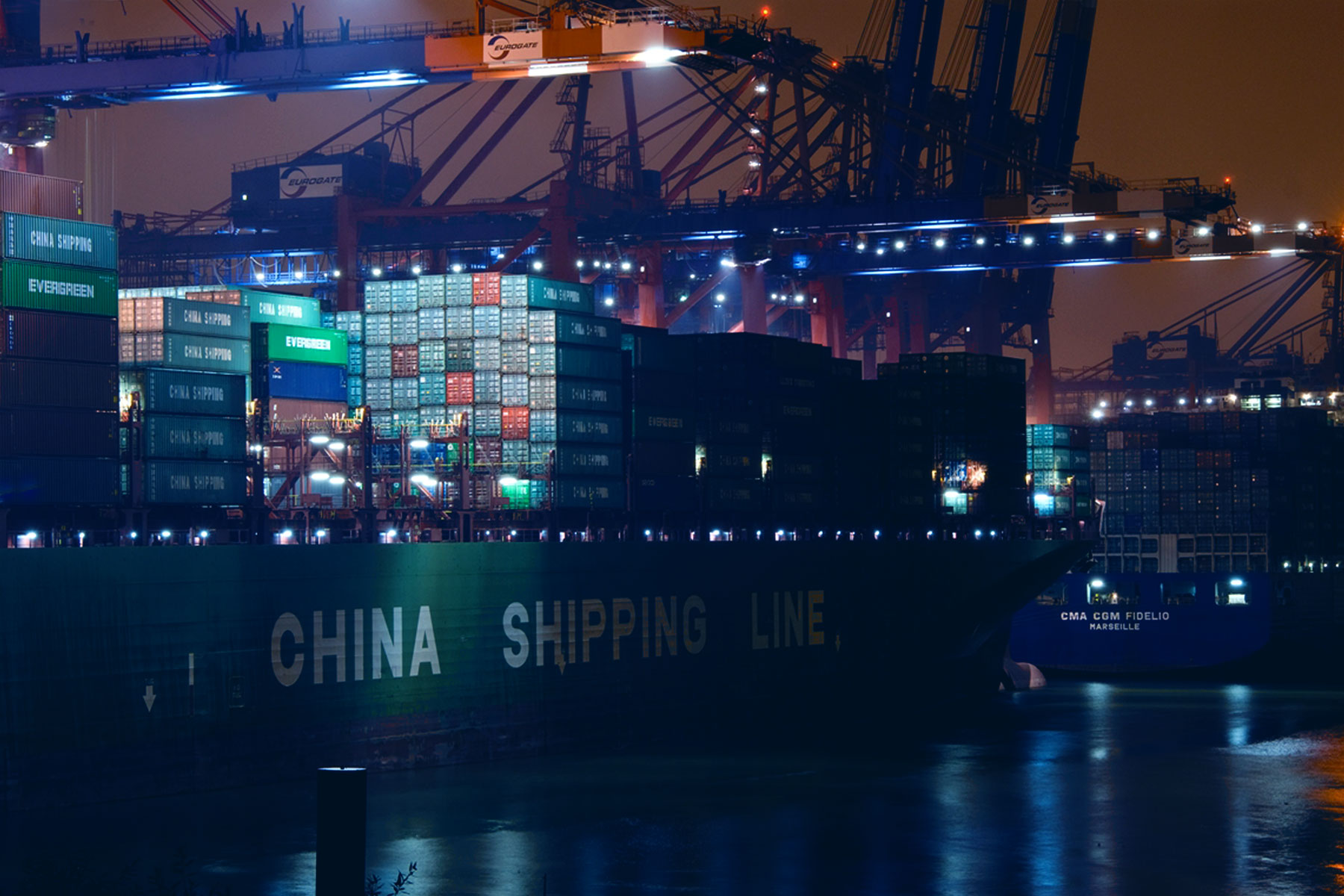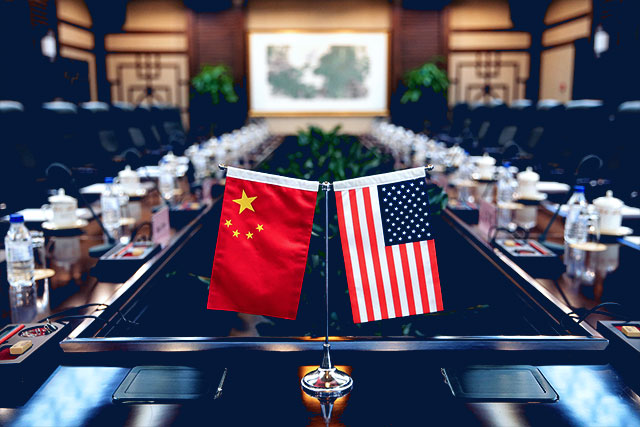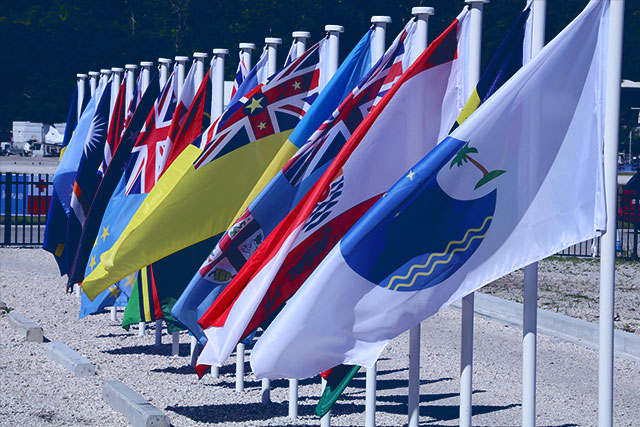Judging by the lack of major policy announcements from the Harris campaign, her administration is likely to largely maintain the Biden trajectory.
Tariffs and industry policy
Under Joe Biden, the United States continued most of the Trump-era tariffs on China, and introduced others. Biden did suspend some tariffs, but most policy movement was in the opposite direction. In 2022, the Inflation Reduction Act (IRA) was passed, providing for US$370 billion in tax concessions and subsidies mostly targeting renewable energy. In the same year, Biden also extended tariffs on solar panels. In May 2024, Biden increased tariffs on Chinese electric vehicles to 100 per cent, and expanded other tariffs on China.
A Harris administration would likely continue to use tariffs (mostly on China) to address what the United States views as unfair competition and to accelerate the energy transition to meet the US emissions reduction goals. Policies based on “techno-nationalism” are also likely to continue, although perhaps less aggressively than under a Trump presidency. This will make it harder for other countries to invest in their energy transition because domestic industries will be crowded out by larger US-subsidised projects.
Industry policy with an environmental focus is also likely to continue under a Harris administration. With emissions trading politically toxic in Washington, the United States is pursuing second-best policies to reduce greenhouse gas emissions. The IRA is all carrots and no sticks, providing subsidies and tax incentives for renewable energy investments. While Trump would struggle to reverse the IRA, under Harris, the program will be assured. Given Harris’ strong sentiments on US jobs and on the environment, she may strengthen the use of industry policies.
Harris has been highly critical of Trump’s policy of a blanket import tariff, which he has said may go as high as 20 per cent. Recognising the impact of tariffs on US families, a Harris administration may be more reluctant to use them as an economic weapon, particularly against allies. However, whether Harris will reduce the current level of tariffs, which has resulted in US households paying an extra US$200–300 annually as tariff costs are passed on in higher prices, remains to be seen.
Trade as a scapegoat
In years past, Japan was accused of predatory pricing that undermined US manufacturing, and similarly, the formation of the European Union was met with claims of “fortress Europe”. Now it is China’s turn, but through its central role in many global value chains, it has considerably more economic power than either Japan or the European Union ever had.
It appears to be gospel in Washington circles to attribute the current account deficit and the hollowing out of the middle class to unfair practices by trading partners, primarily China. These concerns have been increasingly linked to national security, with Biden accusing China of seeking to undermine US military capabilities by competing away manufacturing jobs. But while there are elements of truth in the claim that trade, and China’s growth, have accelerated structural economic change in the United States, the decline of US manufacturing was made inevitable by robotics and automation. Blaming trade, and blaming China, does not help the impacted communities to adjust. Nor does protection help reduce America’s current account deficit, which is more a reflection of high domestic spending and low saving. The US budget deficit also plays a role.
While Harris may tone down the rhetoric driving recent reversals of global economic integration, the direction is unlikely to change. The United States will maintain a “high wall” for industries it considers strategic, including by punishing its trading partners if they export potentially militarily sensitive (“dual use”) technologies to China. Like the IRA, which restricts access to the lowest-cost clean energy technology, US policy imposes costs on the rest of the world.
Trade inertia
Apart from being a useful scapegoat, trade has little political traction in the United States. While Barack Obama promoted the Trans-Pacific Partnership (TPP), it was not supported by Hillary Clinton in the 2016 election, and Trump formally pulled out. In 2022, President Biden introduced the Indo-Pacific Economic Framework (IPEF) to promote cooperation among 14 Asian countries (but not China) on four pillars: supply chains, clean economy, fair economy, and trade. But in November 2023, the United States dropped the trade pillar over concerns that any concessions would hurt US workers. Kamala Harris has said nothing about IPEF specifically, but her administration is unlikely to make it a priority, given her track record. She has expressed scepticism about the North American Free Trade Agreement, its Trump-era revision known as the United States–Mexico–Canada Agreement, and the TPP.
On the urgent need to reform the global architecture of trade, we should also expect little from a Harris administration. Biden continued to refuse approval of the appointment of allegiant judges to the World Trade Organization (WTO). Despite Harris’ 2021 congratulatory call to the Director-General of the WTO, Ngozi Okonjo-Iweala, and agreement to work together on WTO reform, little has happened. This does not bode well for Harris administration efforts to restore the WTO’s judicial function and to reform the international rules relating to trade and investment.
The best thing about the trade policies of a Harris administration would be that they will not be the policies of Trump. Australia must continue to work with other middle powers to advance a global trade agenda that will support development and productivity growth at home and abroad. As long as this does not hurt the United States, a Harris administration is unlikely to intervene. The same might not be true for Trump.








